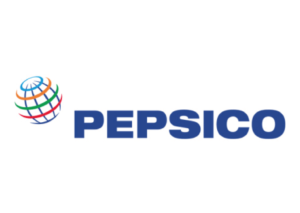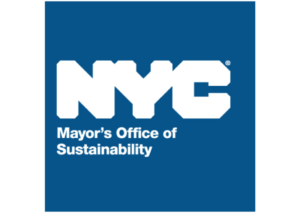S&P Global – Bipul Mayank – 2021
Goals
Earlier this year, S&P Global announced its SBTs and commitment to be a net-zero organization by 2040. With the goal of exploring best practices needed to embed low-carbon practices into its operations, S&P Global brought on Bipul Mayank to identify and analyze GHG reduction opportunities for potential adoption based on feasibility, cost, and positive environmental impact; develop strategic guidance going forward; and identify key enterprise barriers and recommendations for the transition.
Solutions
Bipul approached the challenge in three stages:
- Analyze goals and criteria for emissions reduction: Bipul engaged with all divisions across S&P Global to analyze the goal of 25% reduction in emissions by 2025 from a 2019 base year, including both absolute scope 1 and 2 emissions from operations as well as absolute scope 3 emissions from business travel and procurement.
- Identify the key parameters: Bipul analyzed the on-site energy consumption, global business travel, procurement supply chain, and a sustainability-linked bond offering, and evaluated which parameters the company could use to meet the emissions reduction demands.
- Provide recommendation: He used Financial Power Purchase Agreements (FPPAs), incentives for reduced business travel and data analysis of supplier emissions, to suggest the way forward.
Potential Impact
With a combination of on-site renewables and FPPAs for offices, eco-conscious options and optimization of business travel bookings, incentives for reduced business travel, and a spend-based supplier emission tracking approach, S&P Global can offset more than 90,000 tCO2e annually, by 2025. This is well in line with the goal of 25% reduction in emissions by 2025.








